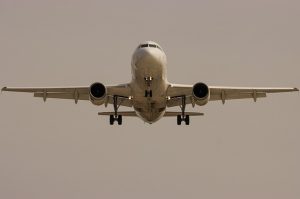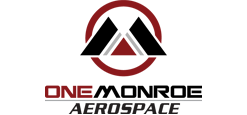
Have you heard of downwash? It’s an important concept in the aviation industry.
From small single-engine airplanes like the Cessna 172 to jumbo-sized commercial jets like the A380, all airplanes rely on air movement to generate lift. As air moves over and under an airplane’s wings, the pressure difference will produce lift. Downwash, however, represents a specific pattern of air movement that can affect lift.
Overview of Downwash
Downwash involves the downward movement of air created as air flows over an airplane’s wings. When flying, airplanes will produce a downward movement of air directly below and behind their wings. Known as downwash, it’s the result of the pressure difference.
How Downwash Is Created
Airplanes produce lift using their wings. If you inspect an airplane’s wings, you’ll notice that the top surface is curved, whereas the bottom surface is typically flatter. This design allows air to move more quickly over the top surface.
The fast-moving air over the top surface of the wings and the slow-moving air under the bottom surface of the wings creates a pressure difference. The pressure is higher under the airplane’s wings, which produces lift a concept known as the Bernoulli’s principle. Downwash is essentially the downward deflection of air that occurs as air flows over the wings.
The Impact of Downwash
Downwash can affect both lift and the angle of attack. Contrary to common belief, it doesn’t increase lift. Rather, downwash produces drag that, in many cases, has a negative impact on lift.
Downwash also increases the angle of attack. This is the angle between an airplane’s wings and the air. The greater the downwash, the higher the angle of attack. Downwash typically increases the angle of attack by changing the movement of air.
Wingtip Vortices and Downwash
Wingtip vortices and downwash go hand in hand. Vortices are spirals or “swirls” of air that form from air movement. They are particularly common around the wingtips. As high-pressure air moves under the airplane’s wings and low-pressure air moves over the wings, vortices will form at the wingtips.
These wingtip vortices will produce downwash. The swirling air will move downward, resulting in downwash.
In Conclusion
Downwash is an important concept in the aviation industry. It affects all types of aircraft. Even rotorcraft, such as helicopters, are affected by it. Downwash is essentially air that moves downward after flowing over and under an aircraft’s wings.



